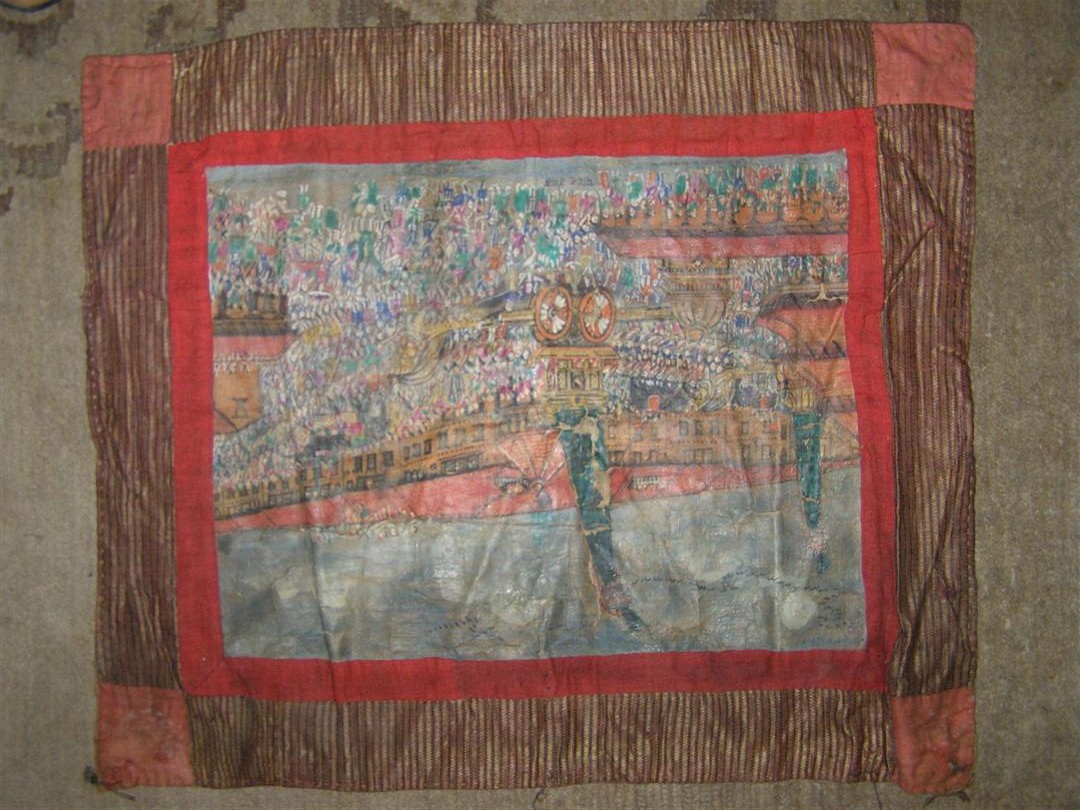
Code
HCS7778
Weight
200 gm / 0.44 lbs
Size
Height
52cm (20") Width
44cm (17") Material
Cotton canvas
Availability
Available
Date Added
2011-05-10 14:15:59
Note : We used to sell this product 14 years ago so it may no longer be in our stock.
It is possible that we still have it with our suppliers but the price could be different from before.
Feel free to order. We will verify availability and inform you promptly.
It is possible that we still have it with our suppliers but the price could be different from before.
Feel free to order. We will verify availability and inform you promptly.

Safe Payment
We accept Paypal, Money Transfer, Bank Transfer
Confidence
Protection covers your purchase and personal data.
Worldwide Delivery
We ship Worldwide, except Russia.Shipping cost US$25.2 for upto 0.5 kgs

Hotline
Talk to help line for your question on 9841267335The generic name of the most popular Bodhisattva is Avalokiteshwar, the merciful Lord, who looks on humanity, filled with compassion. He has many names and appearances. The number of head varies from two to eleven and arms from two to one thousand. In Nepal, there are 108 forms of Avalokiteshwar. The various forms of Lokeshvwar are amalgamations of other Buddhist divinities and Hindu deities and this thangka is one of the variation among them.
Introduction to Thangka
A thangka, also known as tangka, thanka, or tanka, is a vibrant and intricate Tibetan Buddhist painting that serves as a visual representation of spiritual teachings. Crafted with meticulous detail on cotton or silk appliqué, thangkas depict a wide range of subjects including Buddhist deities, sacred scenes, mandalas, and narrative stories. These sacred artworks are traditionally kept unframed and rolled up for storage, resembling ancient scrolls. To protect their delicate nature, thangkas are mounted on textile backings and often adorned with a silk cover on the front. Proper preservation in dry environments is crucial to maintain the integrity and longevity of the silk. Read More . . .
A thangka, also known as tangka, thanka, or tanka, is a vibrant and intricate Tibetan Buddhist painting that serves as a visual representation of spiritual teachings. Crafted with meticulous detail on cotton or silk appliqué, thangkas depict a wide range of subjects including Buddhist deities, sacred scenes, mandalas, and narrative stories. These sacred artworks are traditionally kept unframed and rolled up for storage, resembling ancient scrolls. To protect their delicate nature, thangkas are mounted on textile backings and often adorned with a silk cover on the front. Proper preservation in dry environments is crucial to maintain the integrity and longevity of the silk. Read More . . .
Brief Introduction :
Padmapani is also a form of Avalokiteshvara. He is generally seen standing on the right side of Buddha Amitabha in Sukhavati Heaven. He is depicted as red in color. He holds a lotus flower in his left hand and shows varada mudra with his right hand. He wears an antelope skin on the shoulders. He wears all the ornaments typical of a bodhisattva symbolizing his enlightened experiences. He wears a crown and his hair is bound to form a top knot. Sometimes it is eclipsed by an effigy of Amitabha Buddha. When there is no effigy of Amitabha Buddha in the crown of Padmapani, he is then white in color.
Iconography :Padmapani Lokeshvara wears an antilope skin on the shoulders. Padmapani Lokeshvara wears all the ornaments typical of a bodhisattva symbolizing his enlightened experiences. Padmapani Lokeshvara wears a crown and his hair is bound to form a top knot. Sometimes it is eclipsed by an effigy of Amitabha Buddha. When there is no effigy of Amitabha Buddha in the crown of Padmapani, he is then white in colour.
Legend :A legend says that once an elephant was going to pick up a lotus flower in a pond. Unfortunately he slipped into the mud. Padmapani Lokeshvara cried in agony and prayed for Narayana. In the mean time Arya Avalokiteshvara was in that jungle and he heard the prayer. Immediately he took the form of Narayana and rescued the elephant from the marshy pond. Then Avalo-kiteshvara took the lotus offered by the elephant and went to Jetavana grove where Buddha Shakyamuni was residing. He in turn offered this lotus flower to Buddha Shakyamuni. Buddha Shakyamuni thanked Avalokiteshvara for his offer of the lotus flower and requested him to offer it to Lord Amitabha on his behalf. Avalokiteshvara told the whole story to Lord Amitabha Buddha. Appreciating the philanthropic deeds of Avalokiteshvara, Buddha Amitabha told him to keep that lotus flower forever and continue the act of benefitting all sentient beings. Later
on Avalokiteshvara was known as Padmapani Lokeshvara.
In Kathmandu valley nun.erous images of Padmapani Bodhisattva or Lokeshvara are found. Padmapani Lokeshvara found in Shreegha vihara in Kathmandu is believed to be of the fifth century of Christian era. According to Pandit Hem Raj Shakya 202 images or sculptures of Padmapani carved in stones are found in Patan city alone dating as early as theLichchavi period.
on Avalokiteshvara was known as Padmapani Lokeshvara.
In Kathmandu valley nun.erous images of Padmapani Bodhisattva or Lokeshvara are found. Padmapani Lokeshvara found in Shreegha vihara in Kathmandu is believed to be of the fifth century of Christian era. According to Pandit Hem Raj Shakya 202 images or sculptures of Padmapani carved in stones are found in Patan city alone dating as early as theLichchavi period.












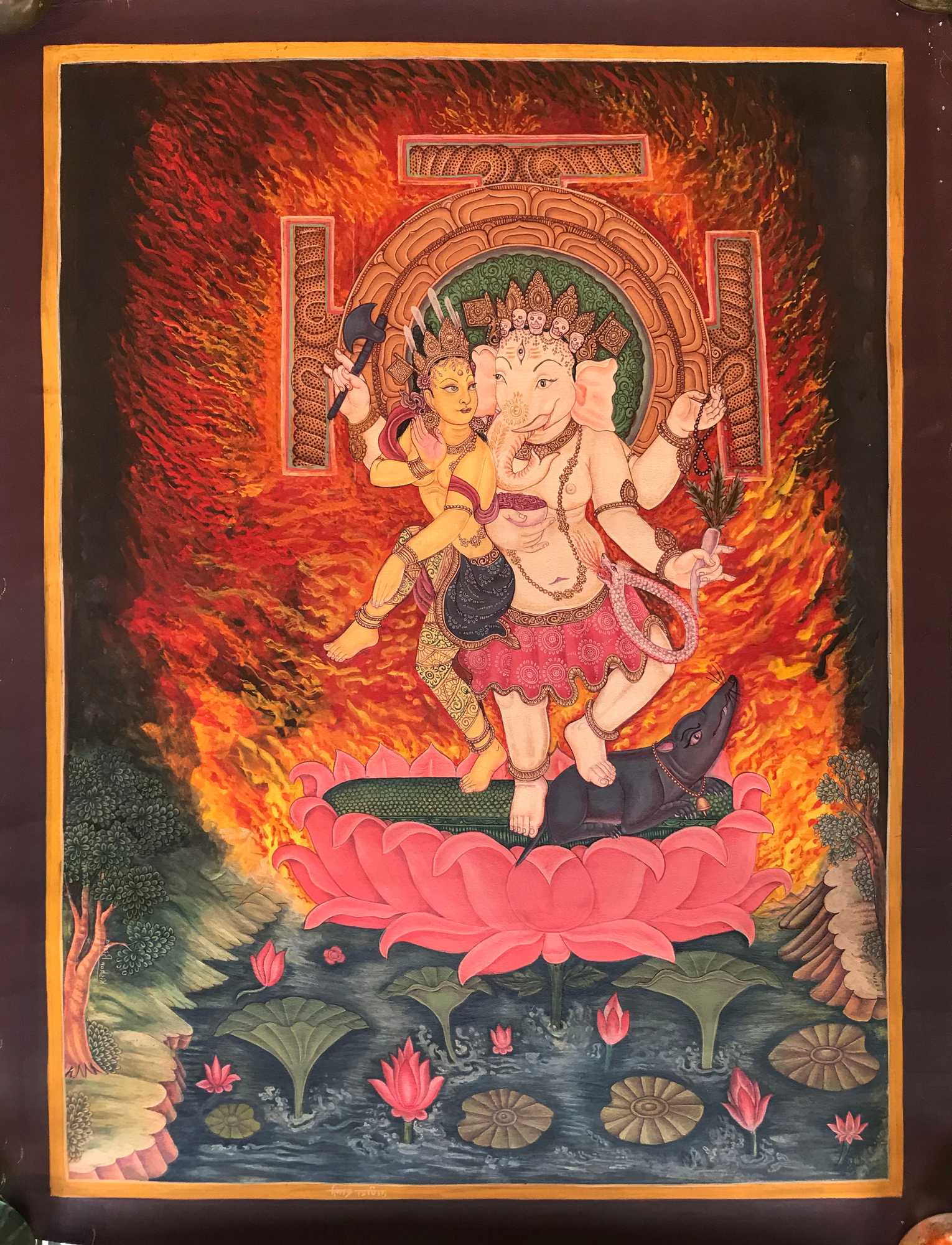 of Dancing Ganesh In
of Dancing Ganesh In 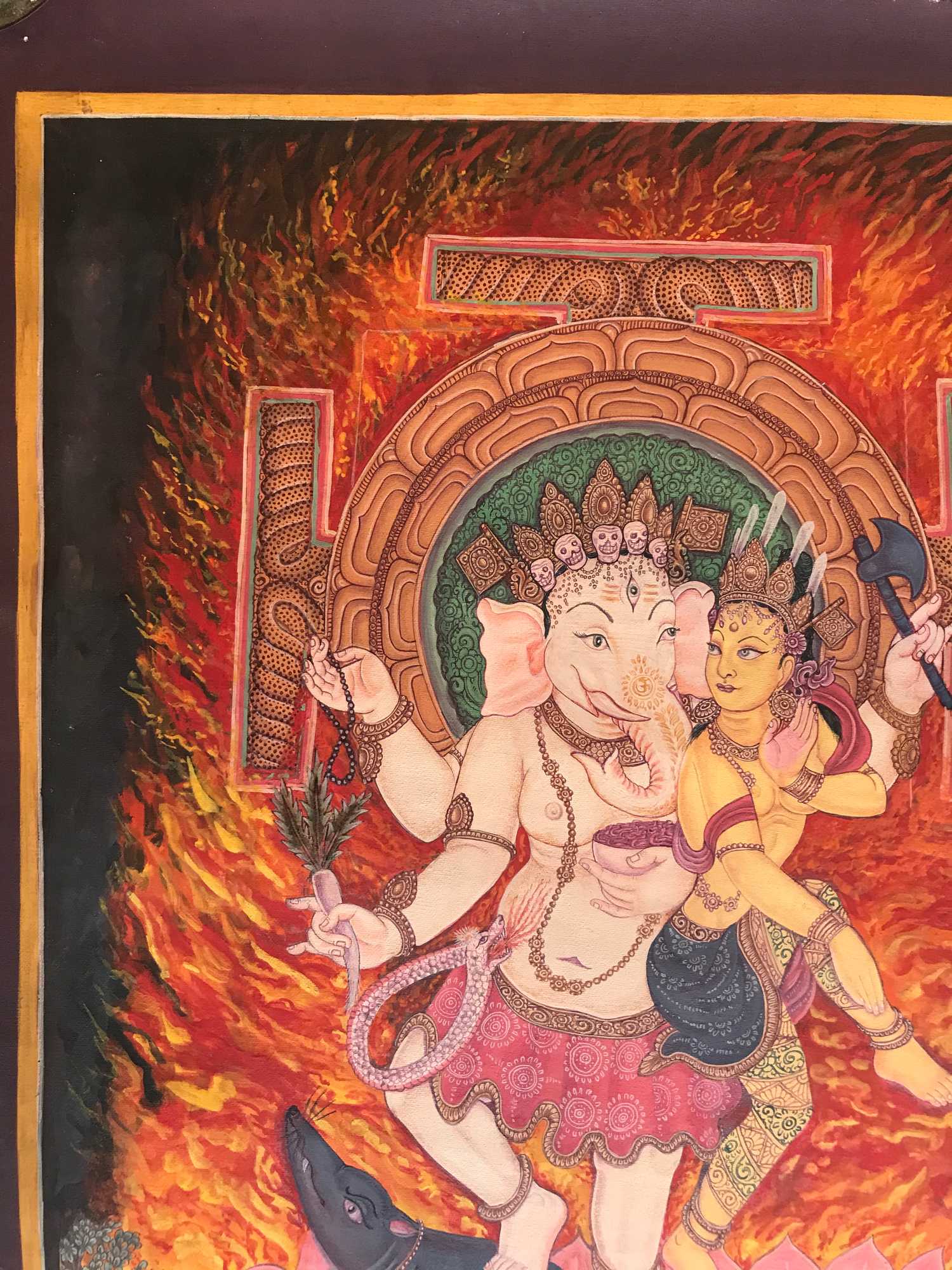 of Dancing Ganesh In
of Dancing Ganesh In 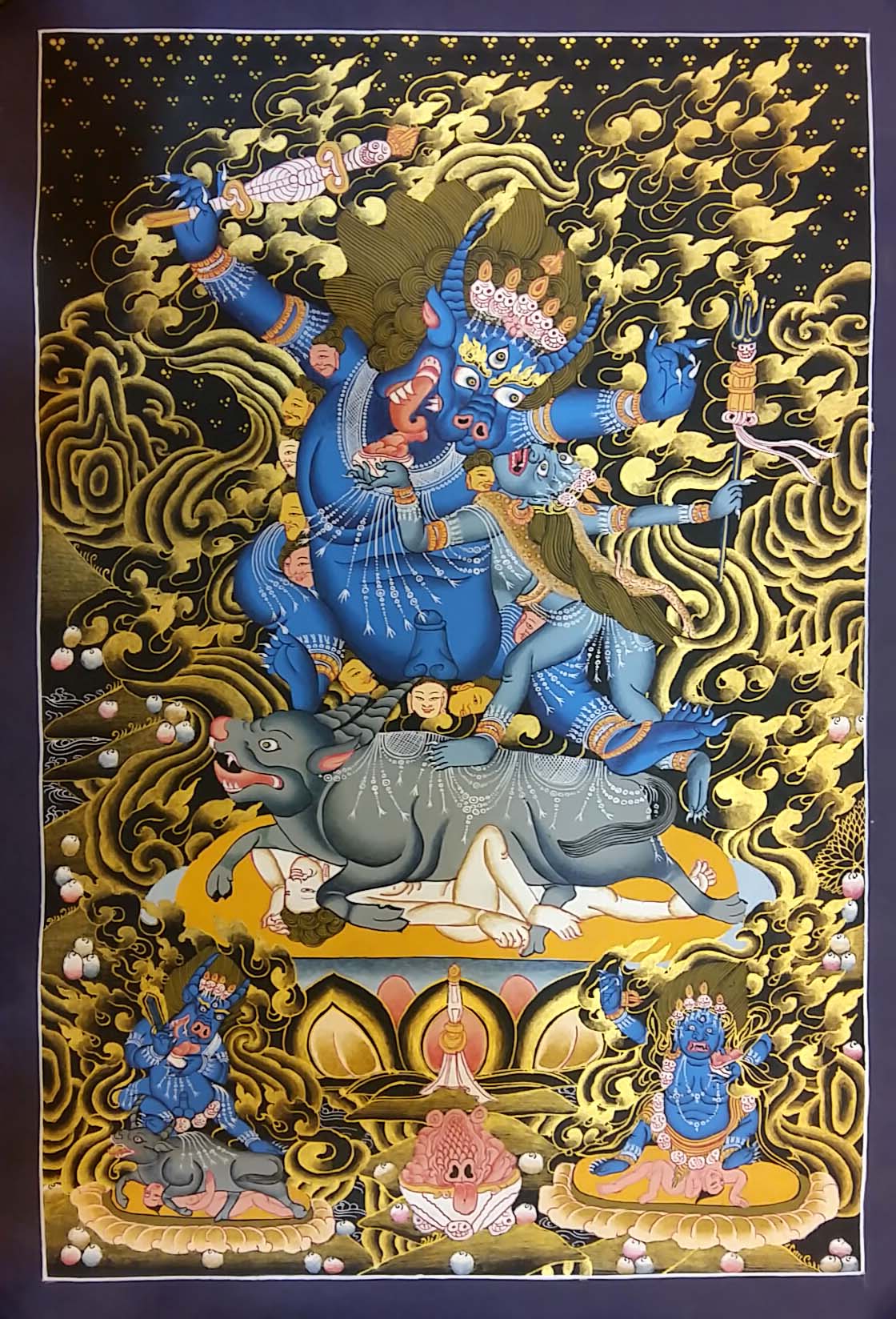 with Consort - Newari Style Thangka" title="Yamantaka - Heruka
with Consort - Newari Style Thangka" title="Yamantaka - Heruka 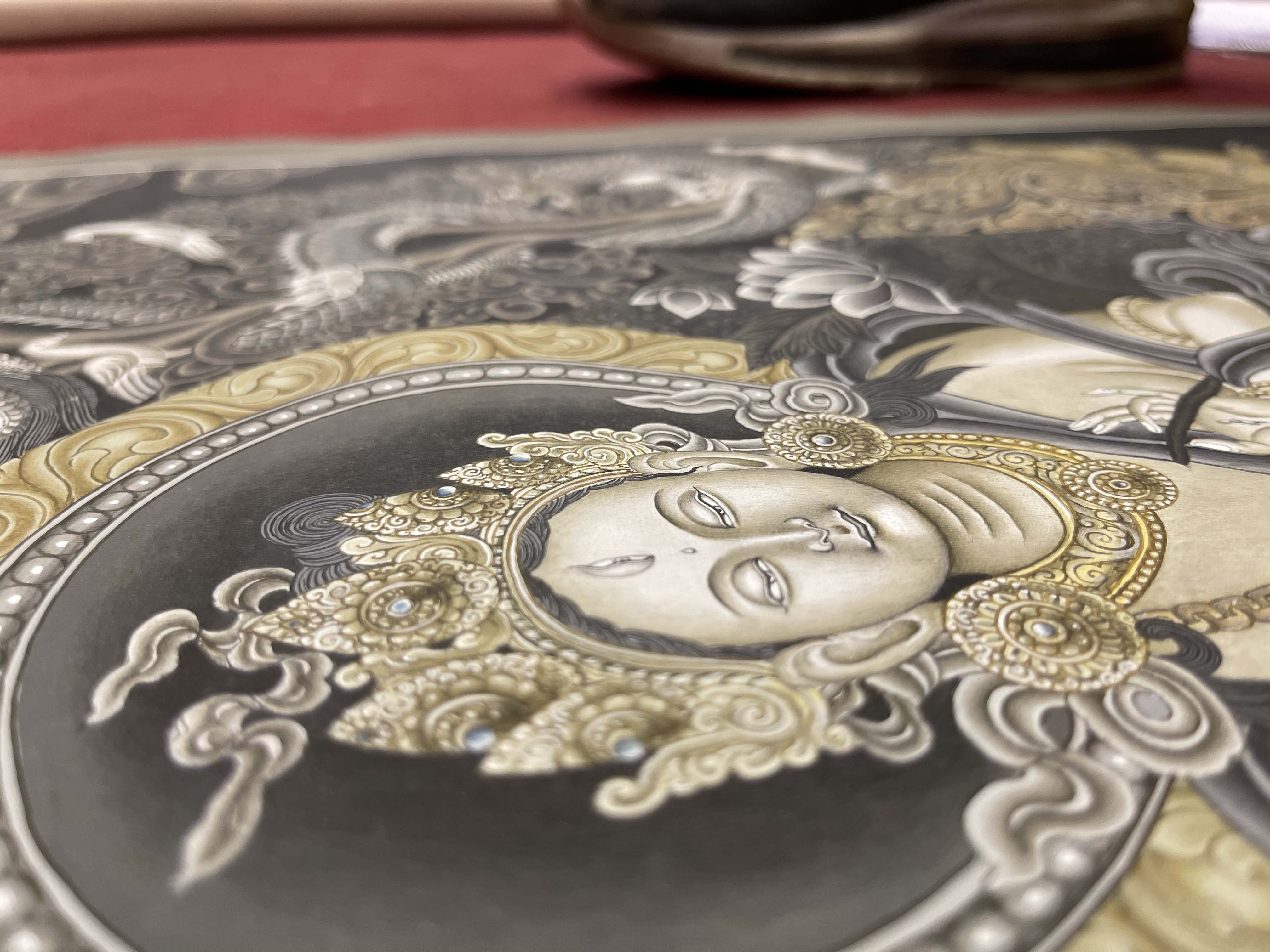 of White Tara, Lamas Art,
of White Tara, Lamas Art, 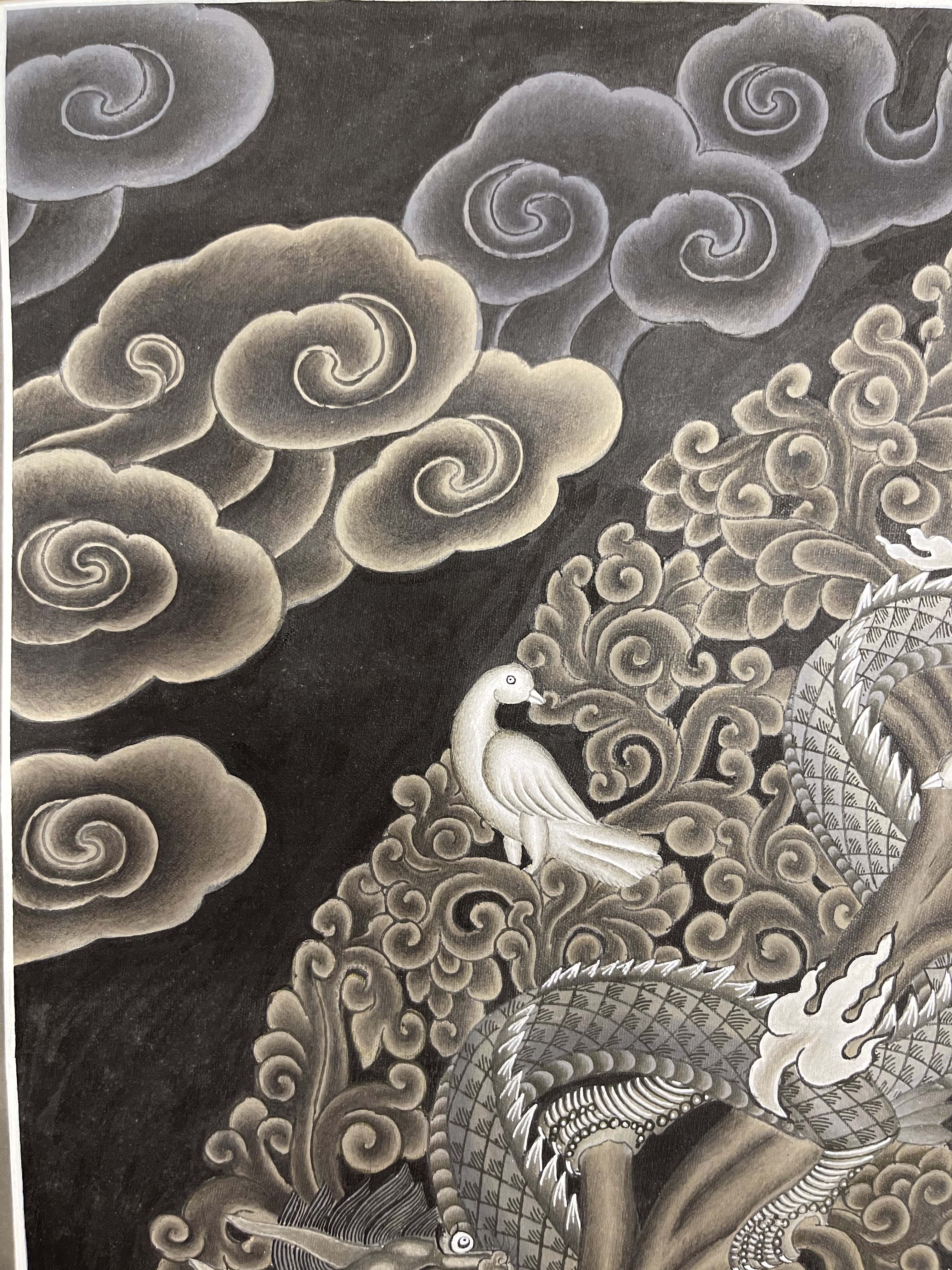 of White Tara, Lamas Art,
of White Tara, Lamas Art, 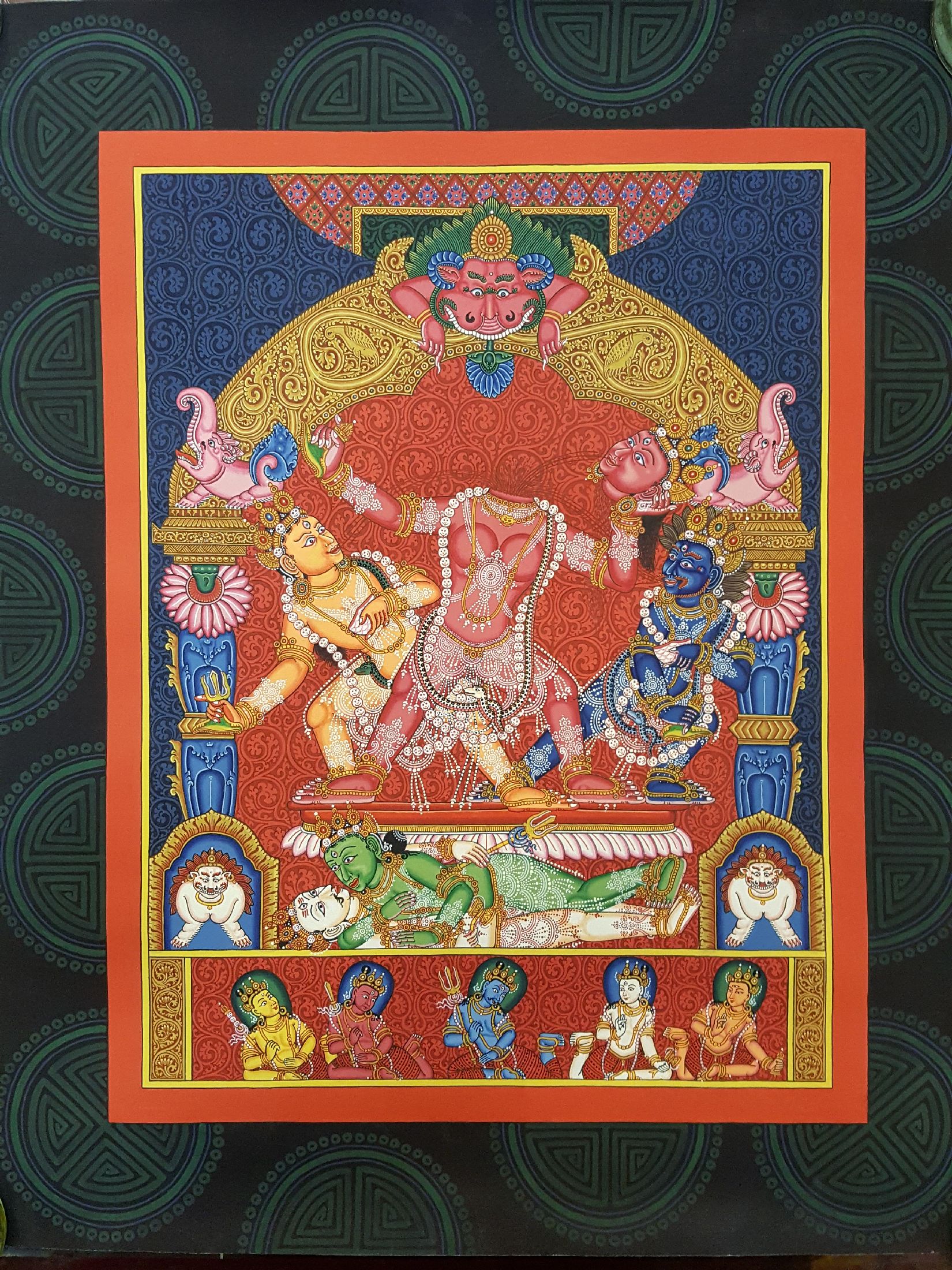 Thangka Painting
Thangka Painting 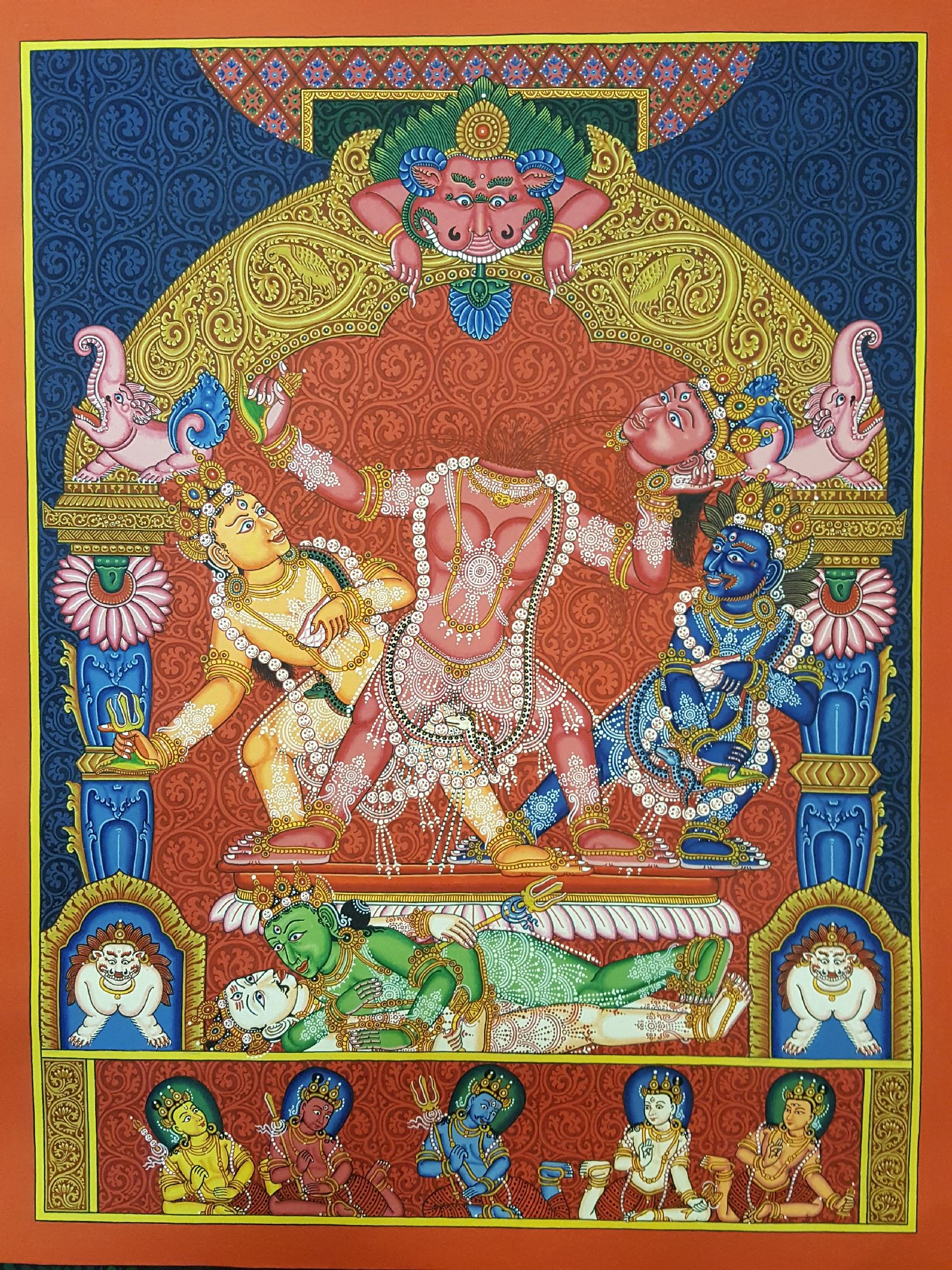 Thangka Painting
Thangka Painting 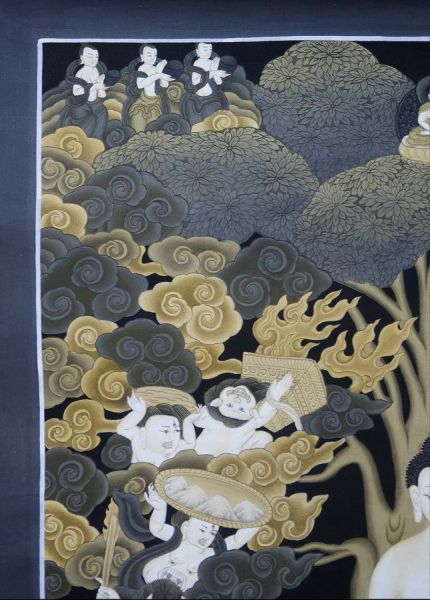 and Maras Grayscale Newari Thangka,
and Maras Grayscale Newari Thangka, 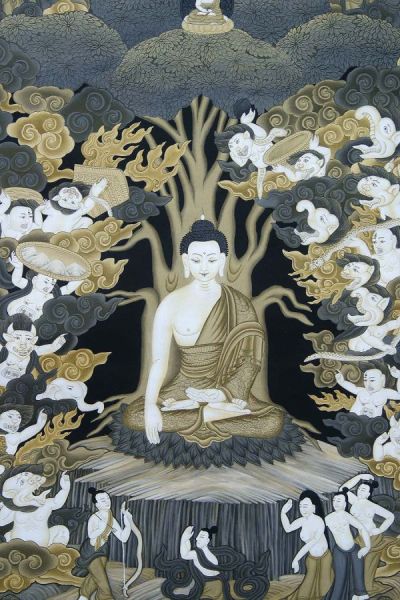 and Maras Grayscale Newari Thangka,
and Maras Grayscale Newari Thangka, 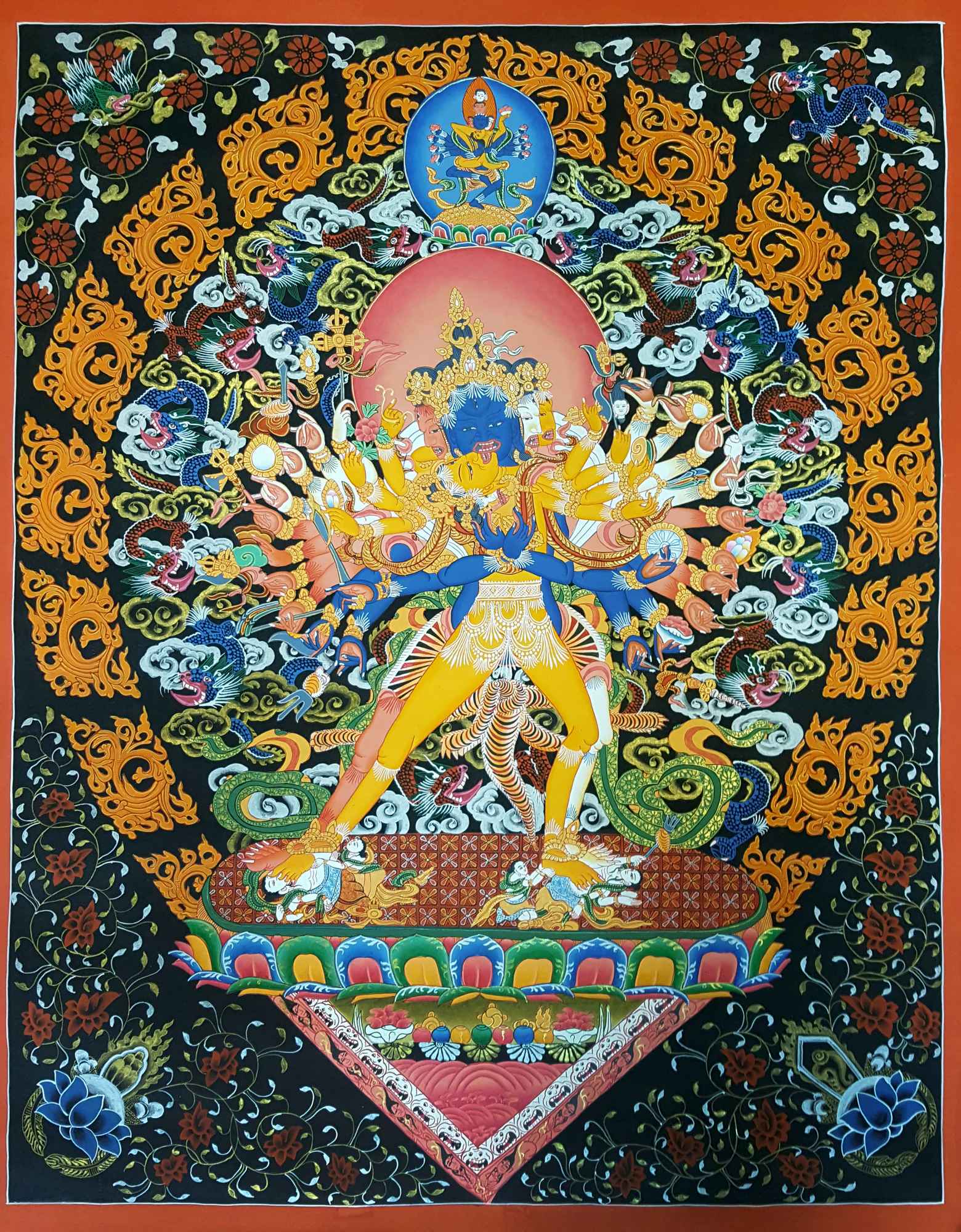 with Consort,
with Consort, 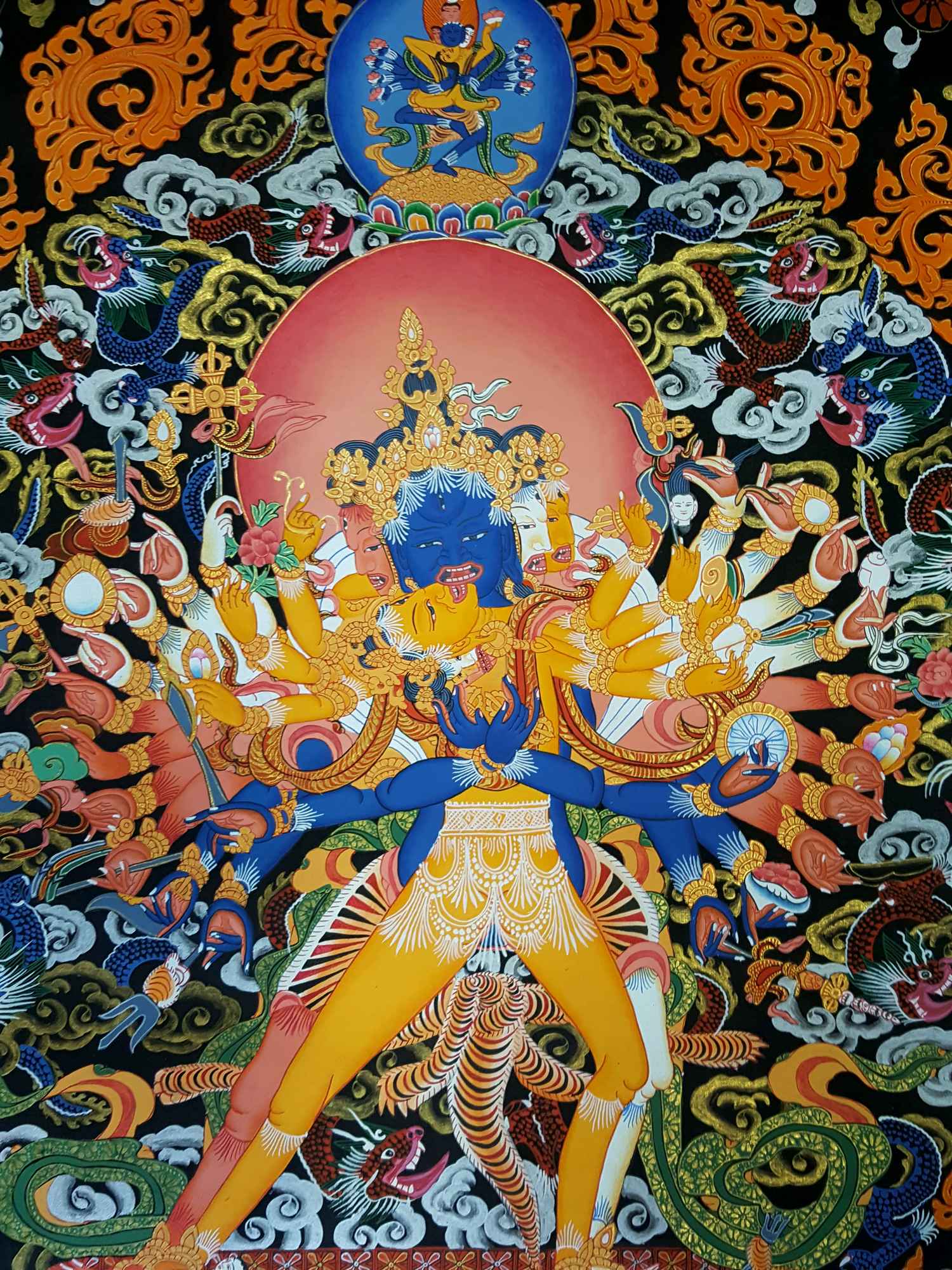 with Consort,
with Consort, 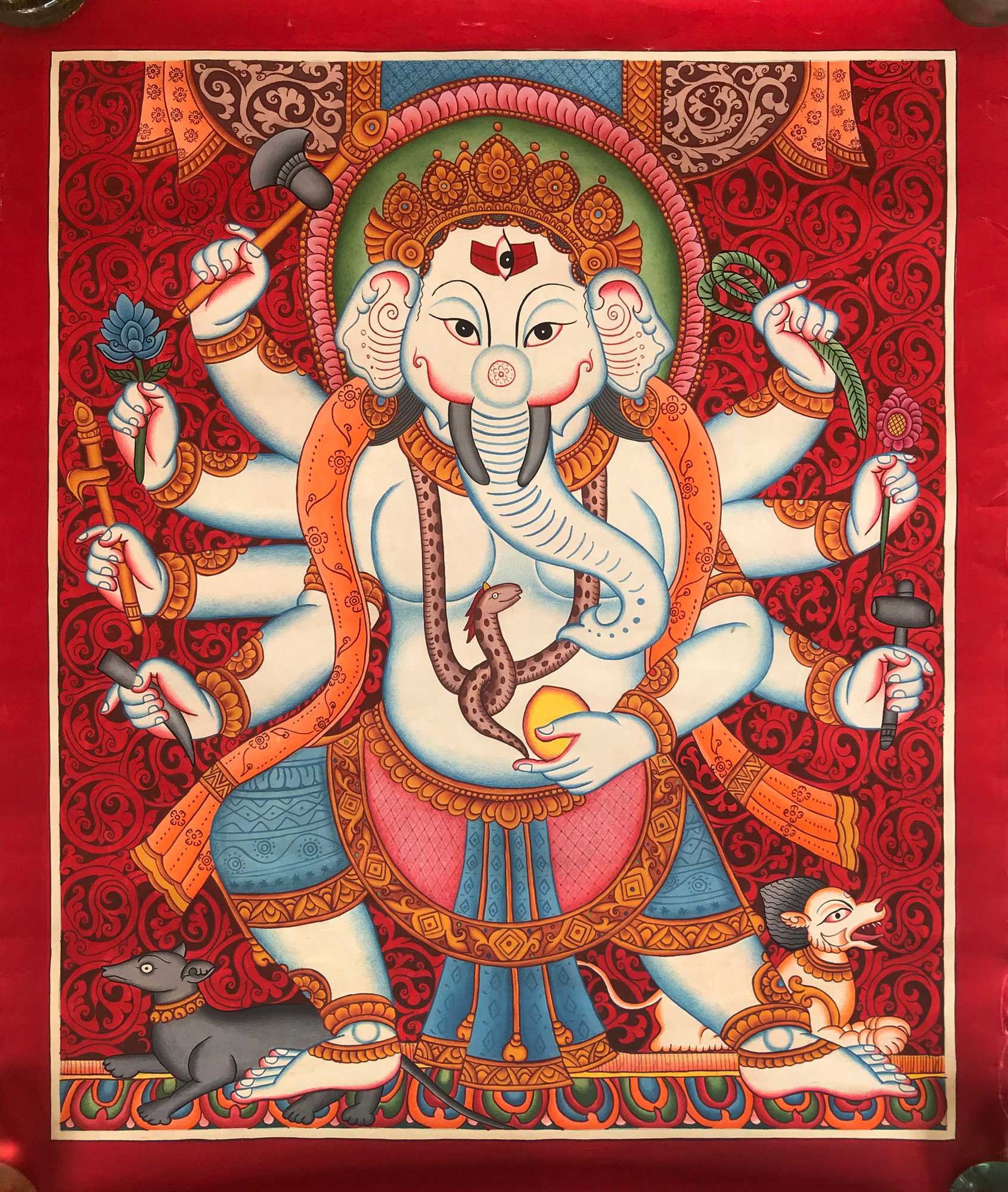 of 8 Arms Ganesh In
of 8 Arms Ganesh In 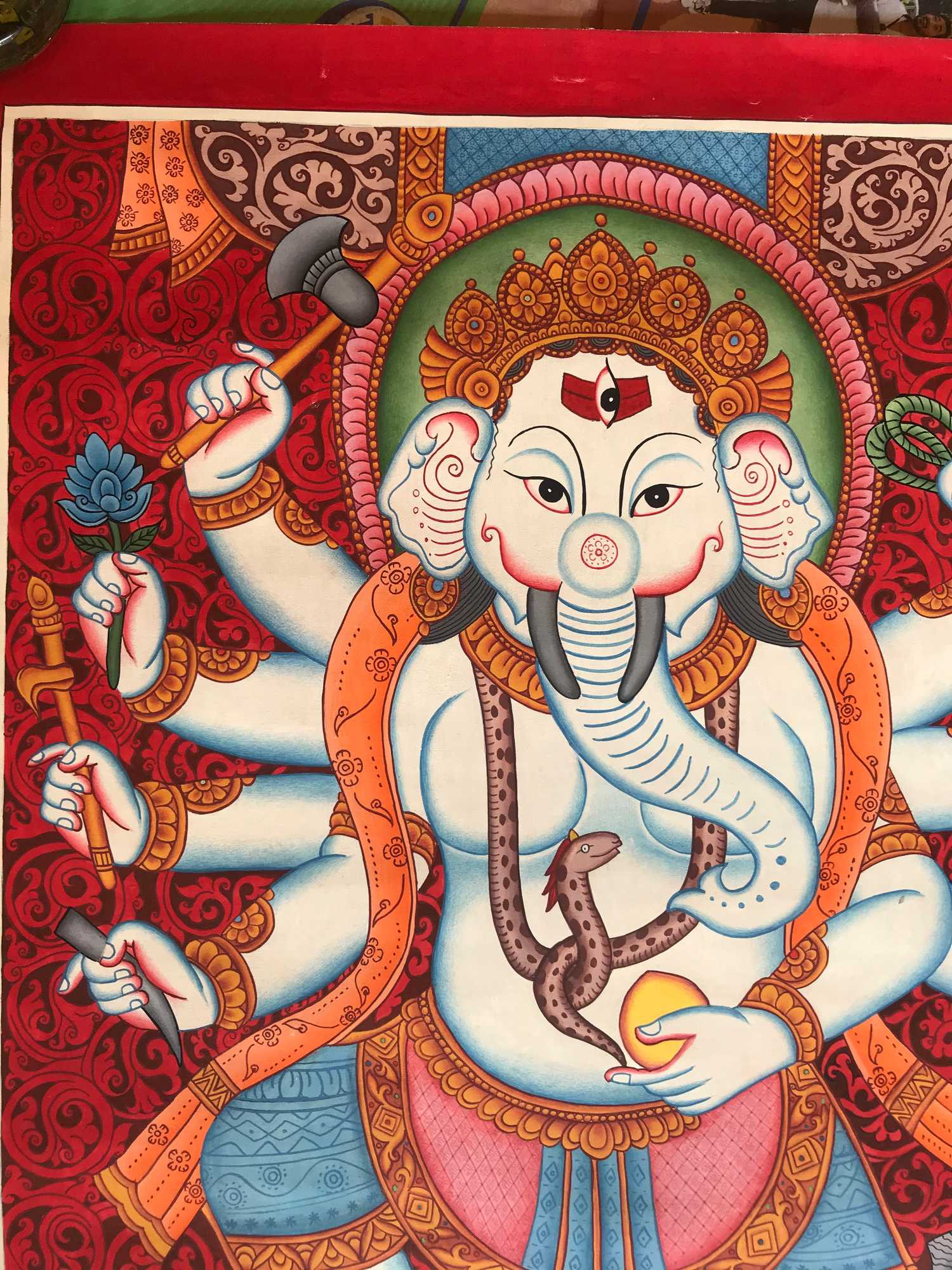 of 8 Arms Ganesh In
of 8 Arms Ganesh In 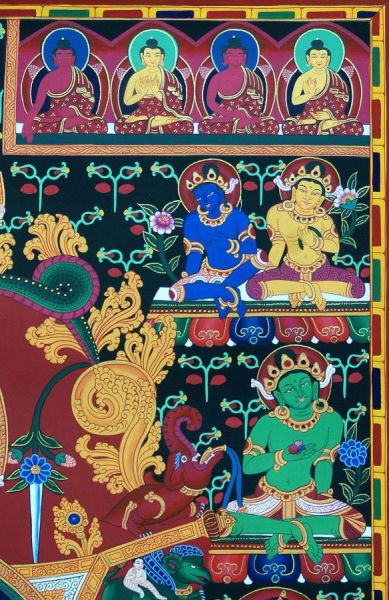 Old Post,
Old Post,  Old Post,
Old Post, 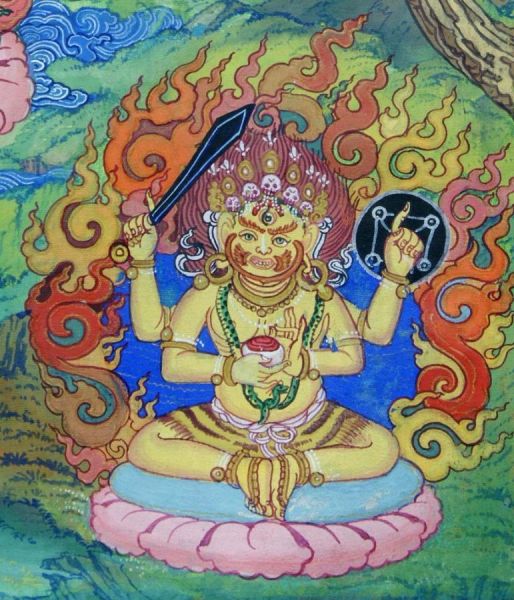 with Consort,
with Consort,  with Consort,
with Consort, 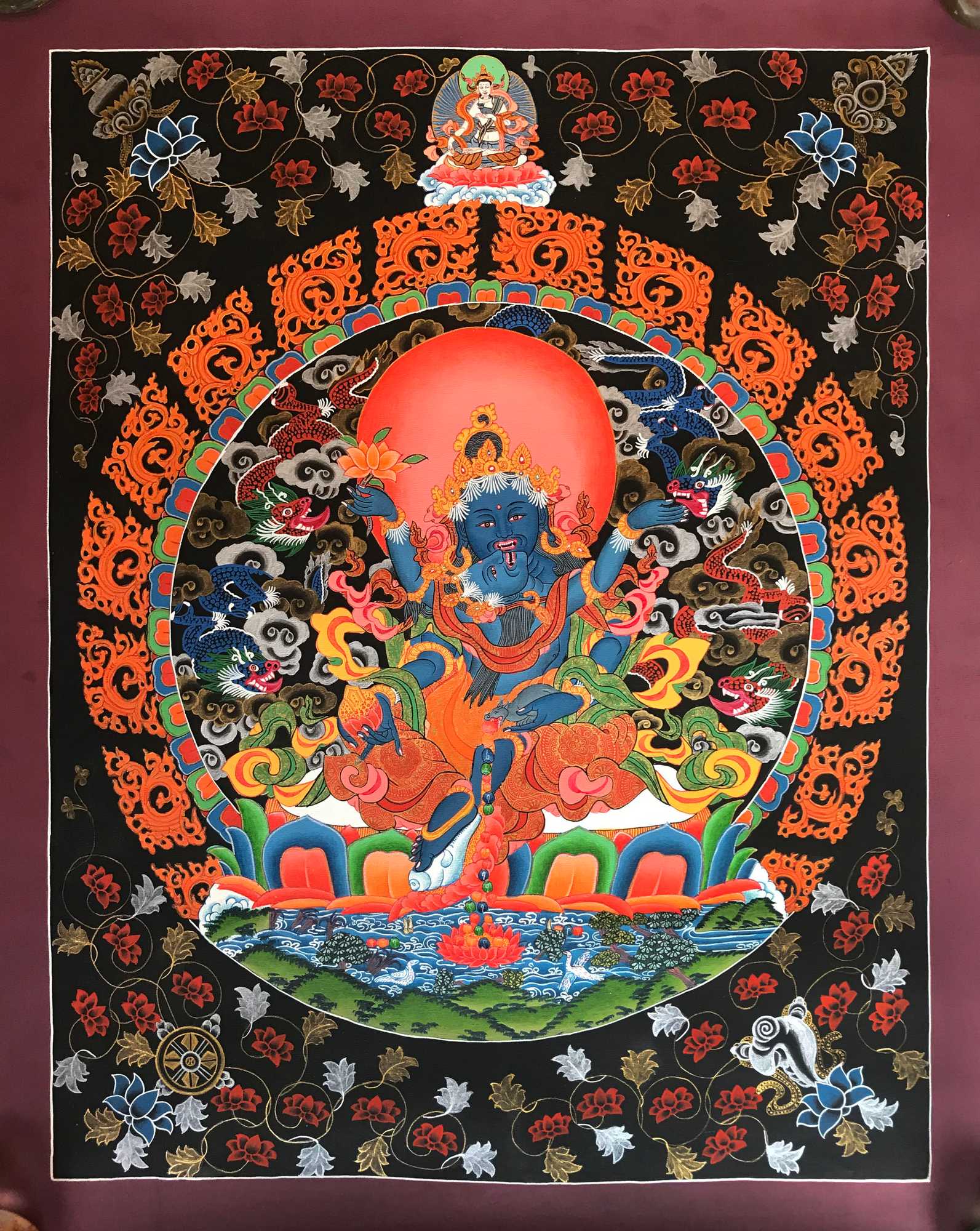 of Black Jambhala
of Black Jambhala  of Black Jambhala
of Black Jambhala